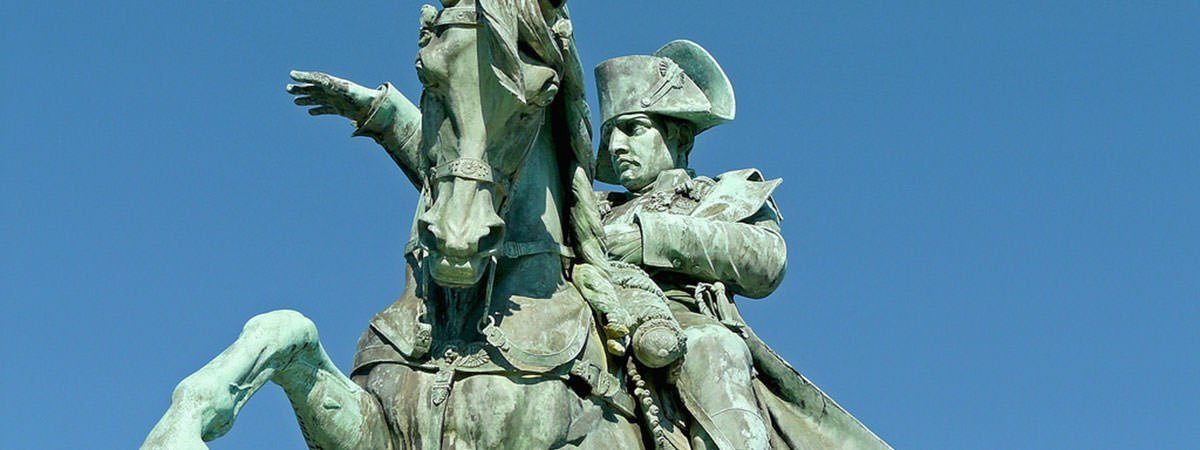Napoleon Bonaparte is considered one of the greatest military leaders in history. He rose through the ranks to become Emperor of the French, a position he held from 1804 to 1814, and again briefly in 1815. Napoleon was born in the city of Ajaccio on the Mediterranean island of Corsica on August 15, 1769. He was initially a fervent Corsican nationalist but gave up on that dream to pursue much higher ambitions. Napoleon led France to victory in numerous battles establishing her as the dominant power in Europe. After his defeat in the War of the Sixth Coalition, Napoleon was exiled to the island of Elba but famously escaped to become Emperor again. However, he was soon defeated at the Battle of Waterloo and exiled again, ending his political career.
When he was in power, there were several assassination attempts on Napoleon, the most famous of which involved the Infernal Machine. Napoleon married twice; first to a widow known for her numerous affairs and then to the daughter of Emperor Francis I of Austria. Know more about one of the most celebrated military leaders and personalities in history through these 10 interesting facts.
#1 NAPOLEON’S PARENTS HAD ANOTHER SON NAMED NAPOLEON
The Bonapartes (Buonapartes in Italian) ancestral family roots may be traced to Tuscany in Italy where they were minor Italian nobility. A branch of the family had migrated to the island of Corsica somewhere in the 16th century. Napoleon’s father Carlo Maria di Buonaparte was a respected attorney in Corsica and maintained an ancestral home known as Casa Buonaparte. Carlo had married the young and beautiful Maria Letizia Ramolino when she was just 14 years of age.
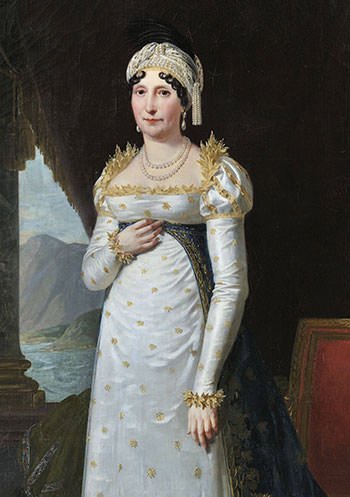
The couple went on to have eleven children of which Napoleon was the fourth. They had another son named Napoleon, but unfortunately the child died in infancy. The large Buonapartes family were eventually survived by their four sons and four daughters namely Joseph, Napoleon, Lucien, Elisa, Louis, Pauline, Caroline and Jérôme. Although Carlo Buonaparte was member of Corsican nationalist party of Pasquale Paoli, he managed decent relations with the French after their annexation in 1769. In 1771, he had enough backing to be appointed assessor for the judicial district of Ajaccio.
#2 NAPOLEON WAS TEASED AND BULLED IN SCHOOL
The high position of Carlo Napoleon gave him the opportunity to provide the best of education for his sons. In 1779, Napoleon was admitted to the Collège d’Autun but a few months later he was transferred to the well-known military school, College of Brienne. At that time, the French considered Corsicans as foreigners and backward people. Napoleon arrived in Paris at the age of 9 with little knowledge of the French language and customs.
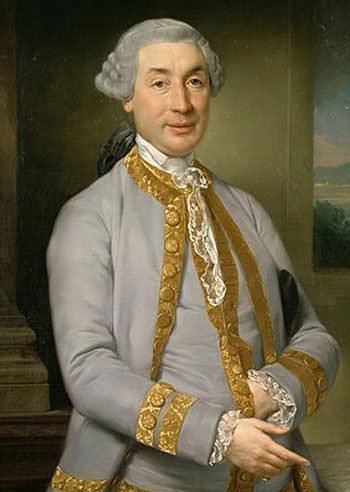
The boy was adept in his mother tongue Corsican and Italian and though he did learn the French language, his heavy accent betrayed his Corsican roots. Besides that Napoleon was a proud Corsican, which had been recently taken over by the French. He remained outspoken about his nationalistic beliefs even at the expense of his own social well-being. Theses, among other things, led to Napoleon being picked at, laughed and bullied in his school in Brienne. Five years of military and academic training at Brienne earned Napoleon an appointment to École Militaire of Paris (Royal Military School of Paris). The institution was considered among the finest in Europe in those times.
#3 HE HAD AN UNEXCEPTIONAL START TO HIS MILITARY CAREER
Admission to the Royal Military School of Paris was a remarkable achievement for Napoleon at that stage in his career. However, this joy was short lived as a few months later his father expired from stomach cancer. A young cadet of 15 years, Napoleon was now expected to be the primary source of income for his family. These unfortunate circumstances forced him to complete his expensive two year course in one and Napoleon graduated 42nd in a batch of 58 students, in 1785. The same year, he was commissioned as a second lieutenant in the La Fère artillery regiment of France.

He served in the garrison towns of Valence and Auxonne taking almost 2 years in leave to frequent his native land and further his role as a Corsican nationalist. By 1791, war was about to break out across Europe. However, Napoleon was more interested to see his family in Corsica taking another long leave of absence. This was a highly unexceptional start to the military career of one of the most prominent military commanders in history.
#4 HE WAS INITIALLY A FERVENT CORSICAN NATIONALIST
Napoleon was an idealist during his adolescence and young age. The idea of a free Corsica had taken deep roots in him. His flaming passion and enthusiasm may be observed in his numerous writings where he is spiteful of the French who were in control of the island. Inspired by Corsican nationalist Pasquale Paoli, Napoleon dreamed of an almost romantic political system which led to a wealthy, harmonious and peace loving society. However, during the lead up to the French Revolution, Napoleon’s strong identification with Corsica started to wane. During the Revolution, in July 1790, Pasquale Paoli returned to Corsica with British support. Paoli refused to ally with the Buonapartes, who were by now more tightly allied with the pro- French factions. Napoleon joined the Corsican Jacobins, who opposed Paoli’s policy.
Civil war broke out in Corsica in April 1793 and Paoli had the Buonaparte family kicked out of the island. Reasons attributed for Napoleon’s lost interest in Corsican nationalism include his clash with Pasquale Paoli; personal ambitions; and lethargy of the people of his land who seemed oblivious to further their own cause. Napoleon’s failure in Corsican politics is attributed to his naïve and unrealistic approach which many historians believe made him the more pragmatic and savvy leader the world knows him to be.
#5 NAPOLEON BONAPARTE MADE FRANCE THE DOMINANT POWER IN EUROPE
The Corsican political scene had forced the Buonaparte family to flee to France, where they lived in poverty for a few years. Napoleon was now a member of the French Military and it was apparent that the adoption of the French way of life was beneficial for him. With his success in the 1793 Siege of Toulon against the Royalist faction; and later in the triumphant 1796 campaign in Italy, Napoleon was celebrated in France. This gained him a place among the political class and he soon changed his surname to a more French sounding Bonaparte. His family follow suit in times to come as they moved into the ruling elite. Meanwhile, Napoleon rapidly rose through the ranks ultimately becoming the Emperor of the French in 1804.

He led France in a series of historic victories that gave the French Empire an unprecedented grip on power over the European continent. Hugely popular among the masses, he also carried out various influential reforms including the implementation of Napoleonic Code, a legal code which served as a model for many countries across the world. Countries in Europe came together against Napoleon forming one coalition after another. However, Napoleon handed them one defeat after another establishing himself as a military genius.
#6 HE SURVIVED A CLOSE ASSASSINATION ATTEMPT BY LUCK
More than a few known attempts were made on the life of Napoleon which is not uncommon with influential leaders. The closest attempt came from what is commonly called the Infernal Machine. Napoleon was to visit the Haydn’s new opera Creation on Christmas Eve of 1800. The plan was simple: on Napoleon’s way to the theater, a horse-driven wagon would be stationed on Rue de Loi. Inside the wagon would be a barrel containing the Infernal Machine, a large and destructive bomb filled with gunpowder and shrapnel. The bomb would be lit when Napoleon’s escort of cavalry came into view killing the target and also allowing the attackers to flee.
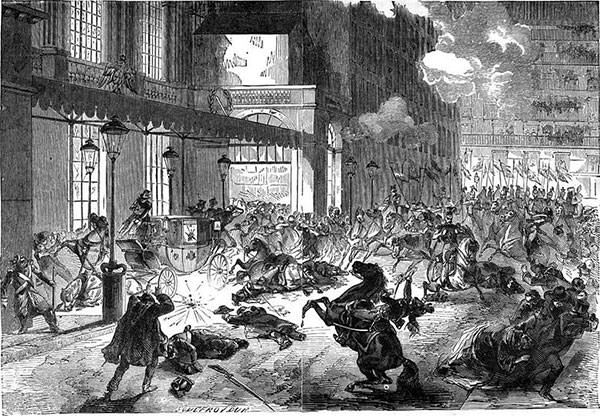
However, an unusual series of events saved Napoleon. His wife Josephine had received a shawl as a gift from Constantinople and wanted to wear it in true Egyptian style. This caused delay and, perhaps due to irritation, Napoleon decided to leave early. The intoxicated driver rode the carriage unusually fast, forcing the cavalry to follow it rather than precede it. Shocked to see the carriage flying down the street before the cavalry, the conspirators lit the bomb and fled. By the time the bomb exploded, Napoleon’s carriage had already zoomed by and Josephine’s carriage had still to pass. The powerful bomb damaged several nearby buildings killing or injuring an estimated 52 innocent bystanders.
#7 NAPOLEON ESCAPED FROM EXILE IN ELBA TO BECOME EMPEROR AGAIN
After Napoleon’s failed campaign in Russia; Austria, Sweden, Russia, Great Britain, Spain, Prussia and Portugal stringed the Sixth Coalition, which ultimately defeated the French Emperor. Bonaparte announced his unconditional abdication on 6th April 1814. After his surrender, Napoleon was exiled to the Mediterranean island of Elba. He was given sovereignty over the island and allowed to retain the title of Emperor. After a few months, Napoleon escaped from Elba with 700 men on February 26, 1815. Two days later, he landed on the French mainland at Golfe-Juan.
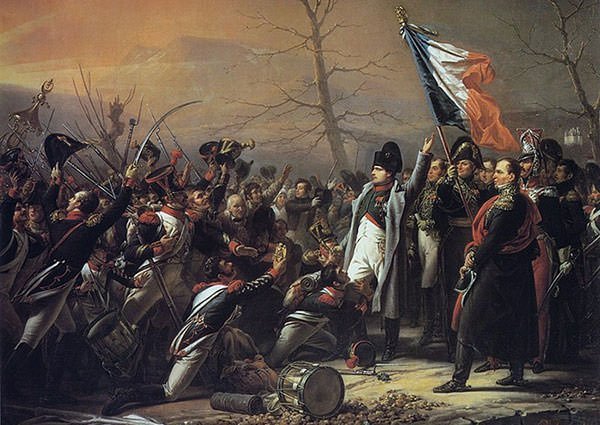
France was under the reinstated and unpopular Bourbon king Louis XVIII, who sent the 5th Regiment under General Ney to capture the outlaw. On 7th March the regiment intercepted Bonaparte who is said to have dismounted his horse, approached the soldiers and shouted “Here I am. Kill your Emperor, if you wish”. The regiment then marched with Napoleon towards Paris with a growing army; forcing Louis XVIII to flee. When Napoleon drove up to the Tuileries Palace at midnight on 20th March, he was greeted with delirious enthusiasm.
#8 NAPOLEON WAS ULTIMATELY DEFEATED FOR GOOD AT THE FAMOUS BATTLE OF WATERLOO
A seventh alliance came into existence with Great Britain, Russia, Austria, and Prussia each pledging 150,000 men to defeat the reinstated French emperor. On 18th June 1815, the Coalition armies commanded by the Duke of Wellington and Gebhard von Blücher faced the French army under Napoleon at the Battle of Waterloo. The French were defeated at Waterloo marking the end of the French Empire and the Napoleonic wars after 22 years of continuous fighting. Many reasons are ascribed for the defeat including weather, the timely arrival of Prussians under General Blucher and thin red line tactics of Wellington. Napoleon supposedly said he lost Waterloo because of the “obstinate bravery of the English troops”, many of whom were Irish. After the defeat, Napoleon fled to Paris. However, he found the parliament was unwilling to give him further support. He also planned to escape to the United States but had to finally surrender to the British Captain Frederick Maitland.
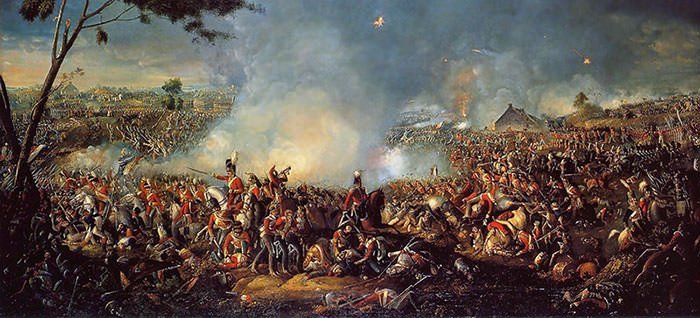
#9 NAPOLEON DIED IN EXILE ON THE ISLAND OF SAINT HELENA
The British exiled Napoleon on the island of Saint Helena over a 1000 miles from the west coast of Africa in the Atlantic Ocean. The island was carefully chosen and guarded by around 2800 men armed with 500 cannons. The seas were constantly patrolled by an entire Royal Navy squadron consisting of 11 ships. Thus all possible precautions were taken to prevent a rescue attempt from South America. Napoleon is said to have regularly complained about his damp, windswept and unhealthy lodgings at his place of residence in exile. In 1821, his condition deteriorated considerably. Napoleon breathed his last on 5th of May 1821, officially due to stomach cancer though there is evidence which suggest that the cause might have been arsenic poisoning.

Napoleon wished to be buried on the banks of the Seine, but the British governor did not honor the request. He was instead buried on the island of Saint Helena where he was exiled. In 1840, Louis Philippe I obtained permission from the British to return Napoleon’s remains to France. On 15th December 1840, a state funeral was held and the remains were carried to St Jérôme’s Chapel. In 1861, Napoleon’s remains were entombed in a porphyry stone sarcophagus in the crypt under the dome at Les Invalides in Paris on the banks of the river Seine, thus fulfilling his last wish.
#10 HE MARRIED A WIDOW SIX YEARS ELDER TO HIM BUT LATER DIVORCED HER
Marie-Rose de Tasher de Beauharnais was the widow of French aristocrat Alexandre de Beauharnais, who was guillotined in the French Revolution. She was infamous for her numerous affairs and compulsive spending ways. Napoleon met her at a party and seemed to have been taken by her charm. He began to pursue Rose, whom he always called Josephine, and soon made her his mistress. He also wrote many passionate letters to her, many of which still exist. In January 1796, Napoleon proposed to her and they married on 9th March of the same year. The Bonapartes disapproved of the marriage due to the questionable repute of Josephine and her being six years elder to Napoleon.
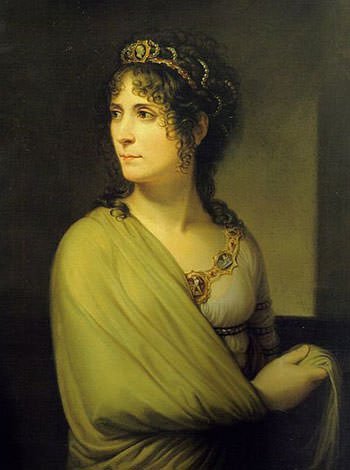
The marriage ultimately turned bitter and didn’t produce any children. In 1809, Napoleon, now Emperor of France, divorced Josephine and started to look for a new wife who would provide him with an heir. He ultimately settled for Archduchess Marie Louise, the 19-year-old eldest daughter of Emperor Francis I of Austria. She thus belonged to one of the most powerful dynasties in Europe. Though not very keen on the marriage, she submitted to political pressure. Napoleon married Marie Louis on March 11, 1810 by proxy. The couple had one child, a boy named Napoleon Francis Joseph Charles, in 1811. Napoleon and Marie Louise remained married until his death.
NAPOLEON AND MONA LISA
With the execution of Louis XVI in 1792 during the French Revolution, the Mona Lisa passed out of the possession of the kings of France, and became the property of the French people. In 1793 the royal palace of Louvre was to be converted into a Museum to display the various pieces of art which now belonged to the French. In 1800, Napoleon took up residence in the Tuileries Palace, which was adjacent to the Louvre. He often passed through the halls of the museum when one day his eyes fell on Mona Lisa and he became enamored with the painting describing her as the “Sphinx of the Occident” and referring to her as “Madame Lisa.” He ordered the removal of the painting from the Louvre and directed that she be hung on the wall in the bedroom of his Tuileries Palace suite where he slept. The painting remained there for the next four years.

